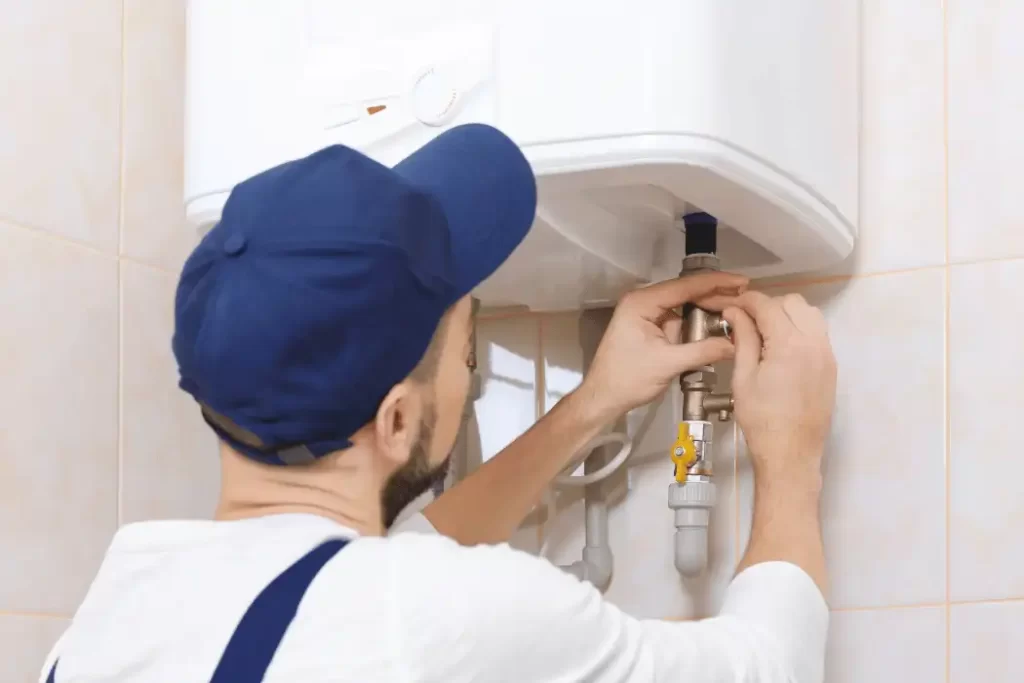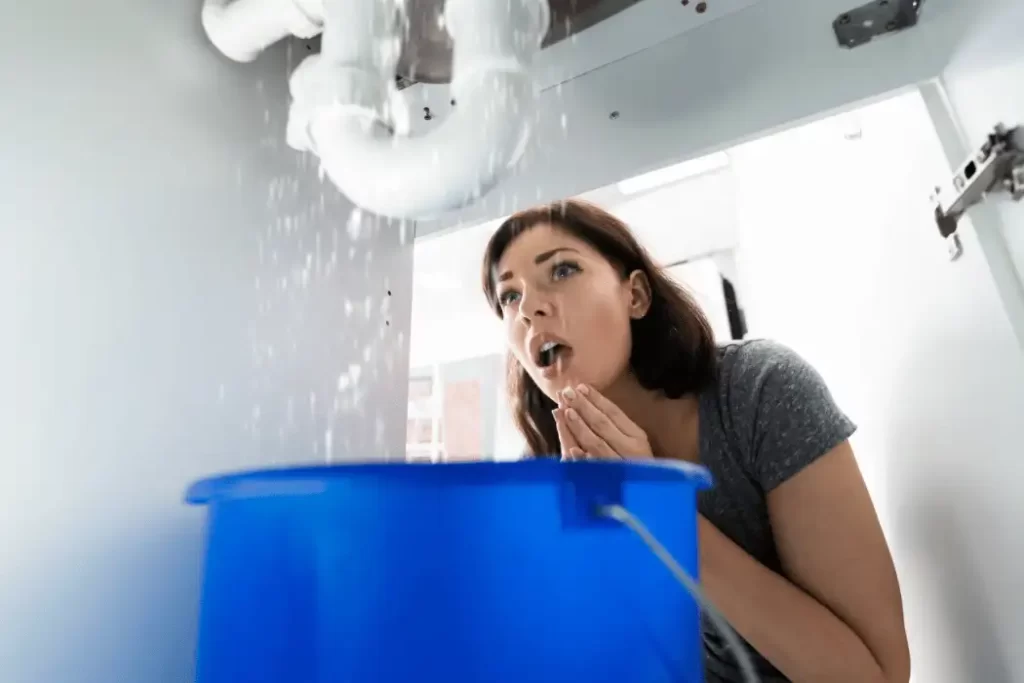Plumbing problems can be a frustrating and stressful experience for any homeowner. From leaks to clogs, these issues can cause damage to your home and affect your daily routine. However, with a little knowledge and some basic tools, you can fix many plumbing problems on your own. In this article, we will discuss the five most common plumbing problems and how to fix them.
Dripping Faucets
Dripping faucets are one of the most common plumbing problems, and they are also one of the easiest to fix. A dripping faucet is usually caused by a worn-out washer or O-ring. To fix this problem, start by turning off the water supply to the faucet. Next, remove the handle and the nut that holds the stem in place. Once you have removed the stem, you should be able to see the washer and O-ring. Replace the worn-out parts with new ones, reassemble the faucet, and turn on the water supply. If the faucet still drips, you may need to replace the entire faucet.
Clogged Drains
Clogged drains can be a real headache, but there are several ways to clear them. One of the most effective ways to clear a clogged drain is to use a plunger. To use a plunger, fill the sink or bathtub with enough water to cover the plunger. Place the plunger over the drain and pump it up and down rapidly. If this doesn’t work, you can try using a drain snake. Insert the snake into the drain and twist it to break up the clog. You can also use a mixture of baking soda and vinegar to dissolve the clog. Simply pour a cup of baking soda into the drain, followed by a cup of vinegar. Wait a few minutes and then pour boiling water down the drain.
For home renovation tips and trick here.

Running Toilets
A running toilet can waste a lot of water and increase your water bill. The problem is usually caused by a faulty flapper or fill valve. To fix a running toilet, start by turning off the water supply to the toilet. Next, remove the tank lid and flush the toilet. Watch the flapper as the water drains from the tank. If the flapper doesn’t close properly, it may be worn or misaligned. Replace the flapper with a new one and adjust the chain length if necessary. If the flapper is not the problem, the fill valve may be faulty. Replace the fill valve with a new one and adjust the water level if necessary.
Low Water Pressure
Low water pressure can be caused by several factors, including a clogged aerator, a broken pressure regulator, or a leak in the pipes. To fix low water pressure, start by removing the aerator from the end of the faucet. Clean the aerator with vinegar and a toothbrush, and then rinse it with water. If this doesn’t help, you may need to replace the aerator. If the aerator is not the problem, you may need to check the pressure regulator. The pressure regulator is usually located near the main shut-off valve. If it is broken, you will need to replace it. If neither of these solutions works, you may have a leak in the pipes. You will need to call a professional plumber to locate and repair the leak.
Leaky Pipes
Leaky pipes can cause damage to your home and increase your water bill. The most common causes of leaky pipes are corrosion, damage to the pipe, or high water pressure. To fix a leaky pipe, start by turning off the water supply to the affected area. Next, cut out the damaged section of the pipe using a pipe cutter. Measure the length of the new pipe and cut it to size. Install the new pipe using compression fittings or soldering , depending on your level of plumbing expertise. If you are not confident in your plumbing skills, it is best to call a professional plumber to fix the leak.
Preventing Plumbing Problems
While it is important to know how to fix common plumbing problems, it is even more important to prevent them from happening in the first place. Here are some tips to help you prevent plumbing problems:
- Avoid putting grease, oil, and food scraps down the kitchen sink. Instead, dispose of them in the trash.
- Use a drain catcher in the shower and bathtub to prevent hair and soap scum from clogging the drain.
- Do not flush anything other than toilet paper down the toilet. Items like paper towels, wipes, and feminine products can cause clogs.
- Insulate your pipes to prevent them from freezing during the winter months.
- Schedule regular maintenance with a professional plumber to check for leaks and other potential problems.
Conclusion
Plumbing problems can be a hassle, but with the right knowledge and tools, many issues can be fixed on your own. Dripping faucets, clogged drains, running toilets, low water pressure, and leaky pipes are some of the most common plumbing problems homeowners face. By following the steps outlined in this article, you can fix these problems and prevent them from happening in the future.

